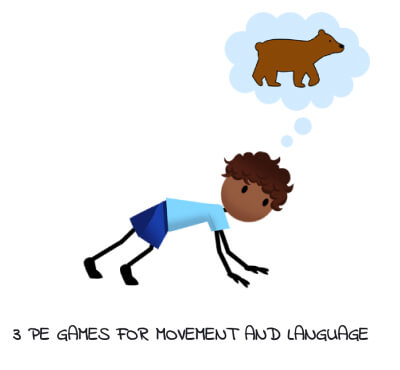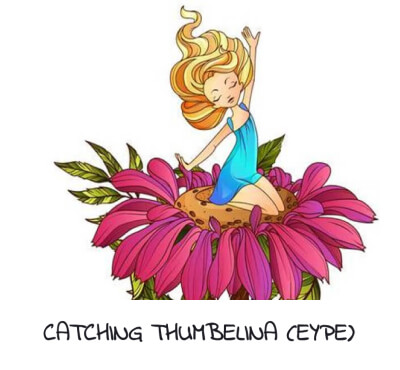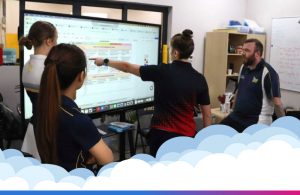As we approach the end of another academic year, it’s the perfect time to reflect on our teaching methods and consider new approaches to engage and inspire our young learners in early years and primary physical education (PE). One exciting and effective way to breathe new life into your lessons is by incorporating the art of storytelling.
Storytelling is a powerful tool that can captivate young minds, enhance learning experiences, and make PE lessons more engaging and memorable. By infusing age-appropriate movements and language into your storytelling, you can create a dynamic and interactive environment that promotes both physical and cognitive development.
To effectively integrate storytelling into your PE lessons, it’s essential to start by selecting a story that resonates with you and aligns with your teaching objectives. Choosing a story that you enjoy will not only make the storytelling process more enjoyable for you but will also help you deliver the narrative with passion and enthusiasm. Personally, I enjoy stories that remind me of my childhood like “Jack and the Beanstalk”, or “Little Red Riding Hood”.
Take your Time
Before diving into your storytelling adventure, take the time to gather all the necessary facts and plan out your lesson.
- Consider how you will chunk the story into sections,
- Incorporate movement tasks, organize students within the narrative,
- Consider any equipment needed for practical tasks,
- Think about the physical developments you aim for your students to achieve,
- Consider underlying messages you wish to convey, such as kindness, sharing, or taking risks.
Anticipating potential questions from your students and preparing thoughtful responses will enhance your confidence in delivering the story and handling any unexpected queries that may arise. Remember, creativity thrives in spontaneity, so embrace any unforeseen moments as opportunities to further engage and inspire your students.
Continue to develop
As you become more comfortable with incorporating storytelling into your PE lessons, consider sharing your stories and games across different classes, adjusting the complexity for various age groups, and exploring similar narratives with unique twists. Don’t hesitate to repeat games, as repetition is a key driver of learning and skill mastery.
If you find yourself struggling to choose stories, draw inspiration from your own childhood favorites or explore culturally significant tales that resonate with your students. Collaborating with class teachers to align your stories with classroom curriculum can also create a cohesive and enriching learning experience for students.
Extra Ideas
You can also visit our resources for more ideas and resources such as:







